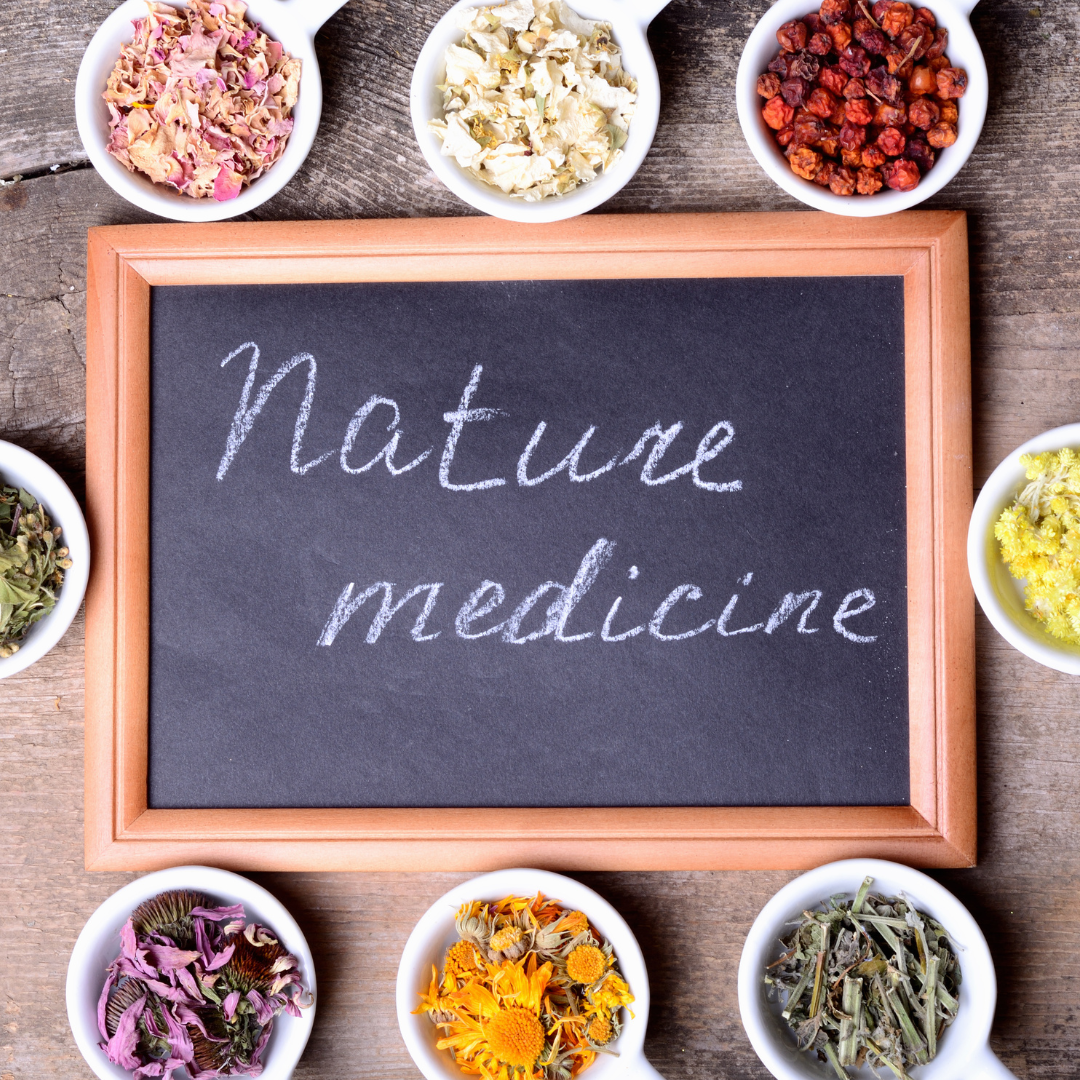
Common Herbal Remedies: Nature's Time-Tested Healing Power
For centuries, people have turned to nature for healing, collecting herbs and using them as medicine long before modern pharmaceuticals came onto the scene. Even though many doctors advise against replacing prescription medications with herbal remedies, there’s no denying the powerful benefits that herbs can offer. They’re packed with nutrients and active compounds that support overall health and wellness. The key, however, is to use these herbal remedies consistently and with proper knowledge.
Today, we’ll explore some of the most common herbal remedies and their potential benefits. Let’s dive in!
Understanding Herbal Remedies: Are They Right for You?
Herbs are like nature’s vitamins—they’re nutrient-dense and can provide a range of health benefits. However, unlike prescription medications that often act quickly, herbs usually work best when taken consistently over a longer period. Keep in mind that while herbs are natural, they can still interact with medications, so it’s important to consult a healthcare professional before starting any new herbal regimen.
1. Alfalfa: The All-Purpose Healer
Alfalfa has been used for centuries to support overall health. It’s rich in vitamins and minerals and has been known to help with a variety of ailments.
Benefits:
- Eases gas pains and digestive discomfort
- Alleviates pain and stiffness from arthritis
- Supports healing of ulcers
How to Use:
Drink alfalfa tea regularly to enjoy its benefits. The herb is gentle and safe for both adults and children, making it a great addition to your wellness routine.
2. Chamomile: The Soothing All-Rounder
Chamomile is a favorite for its calming effects and gentle healing properties. It’s often used to soothe upset stomachs and can help with a range of other health issues.
Benefits:
- Eases colds, bronchitis, and bladder troubles
- Regulates menstrual cycles and relieves rheumatic pain
- Soothes headaches and helps babies with colic
- Acts as a natural insect repellent
How to Use:
Enjoy chamomile as a tea to soothe digestive issues, or apply it topically for its anti-inflammatory effects. It’s also a great option for calming colicky babies.
3. Dandelion: The Detoxifier
Dandelion is more than just a pesky garden weed—it’s a potent herb known for its detoxifying properties. This powerhouse plant supports liver and kidney health and is packed with vitamins and minerals.
Benefits:
- Boosts activity in the pancreas, liver, and spleen
- Contains insulin substitutes, making it beneficial for blood sugar management
- Supports kidney and liver health
- Helps improve skin conditions and stimulates appetite
How to Use:
Dandelion tea or tincture can be consumed regularly for its detoxifying benefits. It’s especially helpful for those looking to support their liver health.
4. Eucalyptus: The Powerful Antiseptic
Eucalyptus is well-known for its strong, refreshing scent and its use in many over-the-counter medications for coughs and sore throats. Its antiseptic properties make it a versatile addition to your herbal toolkit.
Benefits:
- Acts as a natural antiseptic for wounds, sores, and burns
- Provides relief from respiratory issues like coughs and bronchitis
- Repels insects effectively
How to Use:
Eucalyptus oil can be added to a diffuser for respiratory relief, or applied topically (diluted with a carrier oil) to wounds. It’s also a great natural insect repellent—just a few drops on your clothes can keep bugs at bay.
5. Ginseng: The Ancient Energizer
Ginseng has been cherished in Chinese medicine for over 5,000 years. Often called a natural tonic, it’s used to boost vitality and support overall health.
Benefits:
- Strengthens the heart and nervous system
- Enhances mental and physical stamina
- May help alleviate colds, coughs, and even diabetes
- Provides relief from headaches and backaches
How to Use:
Ginseng is available in many forms, including teas, capsules, and extracts. It’s best taken consistently over time to reap its full benefits.
6. Hawthorn: The Heart Helper
Hawthorn is often used as a natural remedy for heart health. It helps improve blood flow and supports overall cardiovascular function.
Benefits:
- Dilates coronary vessels, improving circulation
- Provides relief from insomnia and helps with anxiety
- Can help lower high blood pressure with consistent use
How to Use:
Hawthorn berries can be consumed as a tea or taken as an extract. For best results, use over a long period.
7. Strawberry: The Sweet Strengthener
Strawberries aren’t just delicious—they’re also packed with health benefits. Traditionally used as a tonic, strawberries can help strengthen the entire system.
Benefits:
- Eases diarrhea and liver complaints
- Supports digestive health and helps with gout
- Useful for treating jaundice and other liver conditions
How to Use:
Enjoy strawberries fresh, in teas, or as a supplement. They’re a tasty way to boost your overall health.
Final Thoughts: Using Herbal Remedies Safely
Herbal remedies offer a gentle, natural approach to supporting your health, but they’re not one-size-fits-all. If you experience any adverse effects, discontinue use and consult a healthcare provider. Remember, herbs can interact with medications, so it’s always wise to check with your doctor before adding new herbal supplements to your routine.
The best way to experience the benefits of herbs is through consistent, long-term use. Whether you’re sipping on soothing chamomile tea or boosting your vitality with ginseng, these common herbal remedies can be powerful allies in your wellness journey.
Curious about trying herbal remedies? Start with a single herb that matches your health goals and see how it can enhance your daily routine.
Do you have a favorite herbal remedy? Share your experiences and tips in the comments below. Let’s learn from each other’s journeys toward better health!

